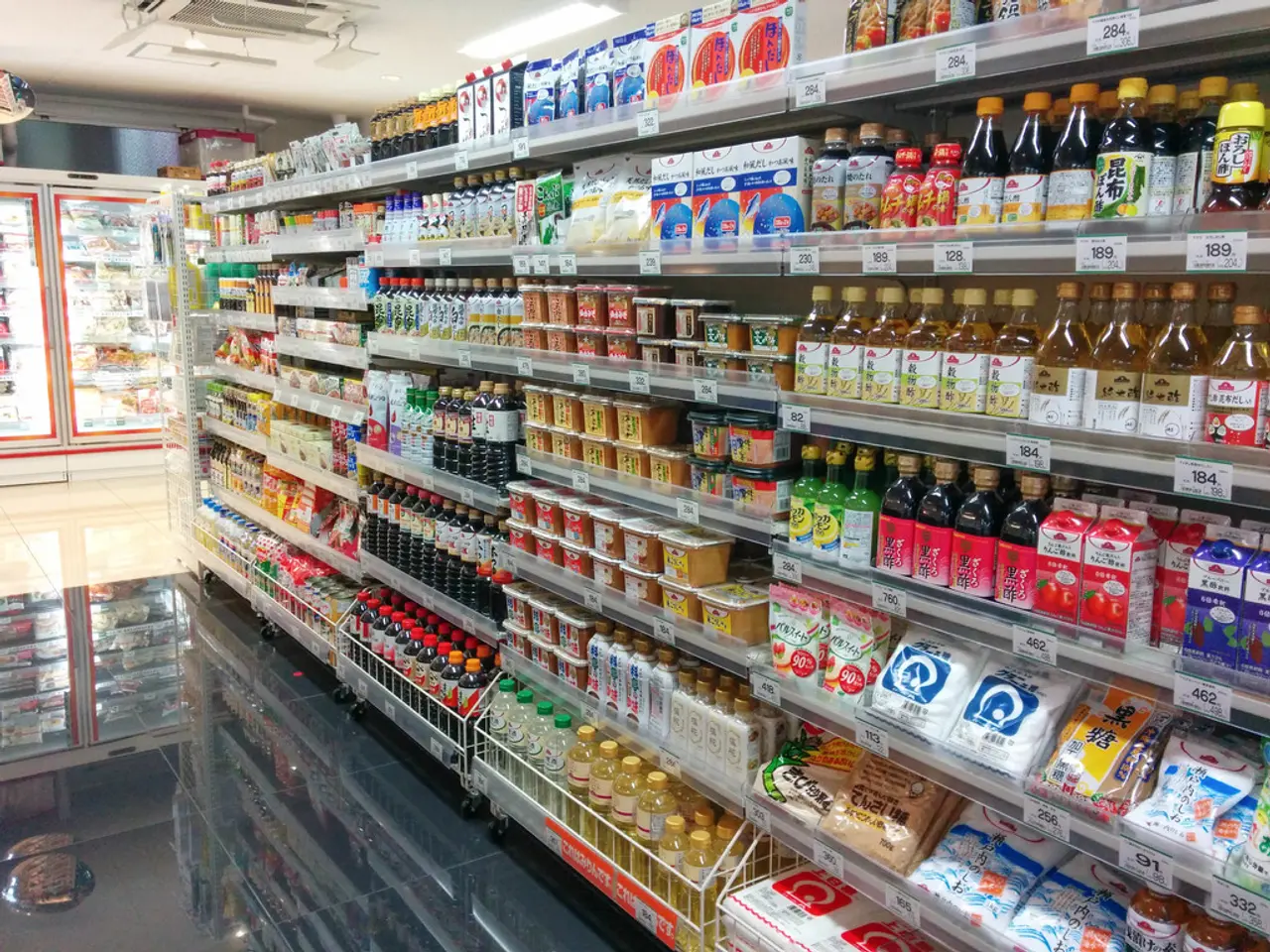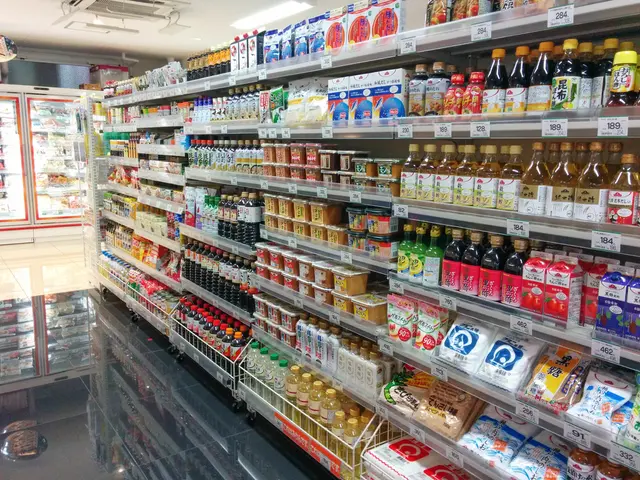Shift Toward U.S. Production by Major Brands in 2025: An Overview
In the current economic landscape, the revival of USA manufacturing has become a necessity for businesses seeking to overcome challenges posed by supply chain disruptions and tariffs. This resurgence is not merely a response to external pressures but a strategic and value-oriented decision, driven by evolving consumer demands, operational strength, and enduring brand value.
Tariffs in the USA have significantly increased in influence since recent years, affecting various industries such as electronics and clothing. The U.S. government's imposition of substantial tariffs on imports from numerous countries has created uncertainty and increased costs for retailers and manufacturers. This environment is driving companies to contemplate price increases and seek tariff exemptions, while forcing long-term strategic shifts such as frontloading inventory and limiting imports.
The resurgence of domestic production in America is not only a response to tariffs but also a reflection of changing consumer preferences. Evolving consumer preferences in 2025 increasingly favor products made closer to home with shorter supply chains, tied to broader sustainability and ethical production concerns. This trend accelerates reshoring efforts despite challenges like infrastructure and labor availability in emerging manufacturing hubs.
International brands, especially in the fashion and retail sectors, are emphasizing supply chain resilience by nearshoring production to locations closer to demand centers. This reduces lead times and transportation costs, mitigates tariff effects, and supports sustainability goals. Major companies like Apple and GE Appliances are increasing substantial investments in American manufacturing, leveraging incentives and responding to the new tariff environment.
Modern American factories are sophisticated, technology-oriented, and becoming more automated, with the use of robotics, AI, and intelligent manufacturing technologies. The shift towards regional and nearshored production is revitalizing regional economies and creating pathways for well-paying, sustainable careers.
Partnering with a USA-based factory offers shared values, such as better labor conditions, environmentally responsible practices, and a manufacturing partner who understands the market. Manufacturing nearby provides benefits such as increased visibility, faster response times, and greater flexibility, allowing businesses to respond more quickly to market shifts and minimize inventory waste.
Maker's Row, a platform that connects brands with trusted, vetted American factories across various industries, simplifies the search for USA manufacturing partners. The shift back to USA production is a change, not just a trend, transforming the manufacturing environment in America.
In the context of today's market, USA manufacturing starts looking like a very smart investment due to its potential for speed, quality control, and supply chain resilience. Brands are prioritizing resilience over reach, creating more concise, intelligent supply chains that emphasize closeness, adaptability, and oversight. This reshaping of global supply chains represents a strategic adaptation to the evolving trade policies and economic landscape led by the resurgence of American manufacturing.
Read also:
- Discussion on WardsAuto Podcast: Tariffs, Failed Merger, and Ford's Quality Issues
- High-Priced 2026 Corvette ZR1X Emerges as Budget Option in Supercar Sphere
- Top racer claims Corvette ZR1 might have shaved an additional 10 seconds off its record-setting lap time at Nurburgring
- Determining the Fate of Underground Water Reserves







